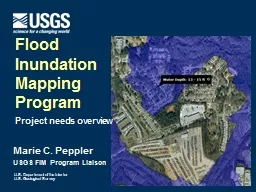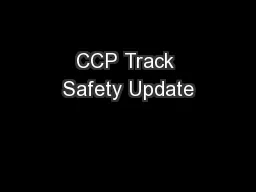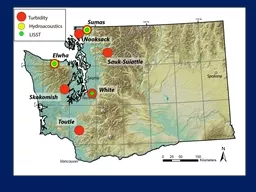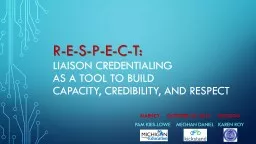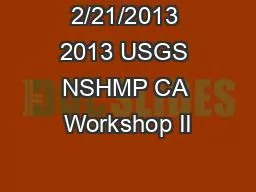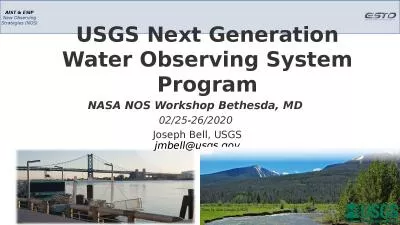PPT-Marie C. Peppler USGS FIM Program Liaison
Author : mentegor | Published Date : 2020-08-03
Flood Inundation Mapping Program Project needs overview Flood Inundation Maps translate a hydrograph into operational maps that communicate risk and consequences
Presentation Embed Code
Download Presentation
Download Presentation The PPT/PDF document "Marie C. Peppler USGS FIM Program Liais..." is the property of its rightful owner. Permission is granted to download and print the materials on this website for personal, non-commercial use only, and to display it on your personal computer provided you do not modify the materials and that you retain all copyright notices contained in the materials. By downloading content from our website, you accept the terms of this agreement.
Marie C. Peppler USGS FIM Program Liaison: Transcript
Download Rules Of Document
"Marie C. Peppler USGS FIM Program Liaison"The content belongs to its owner. You may download and print it for personal use, without modification, and keep all copyright notices. By downloading, you agree to these terms.
Related Documents

